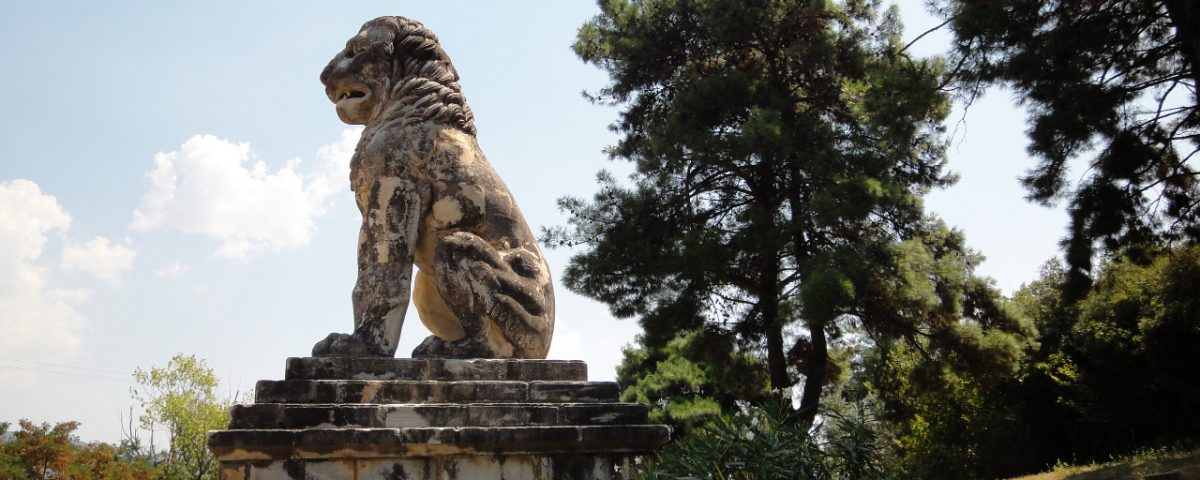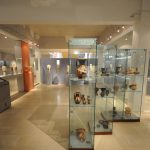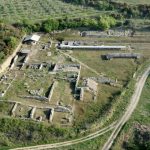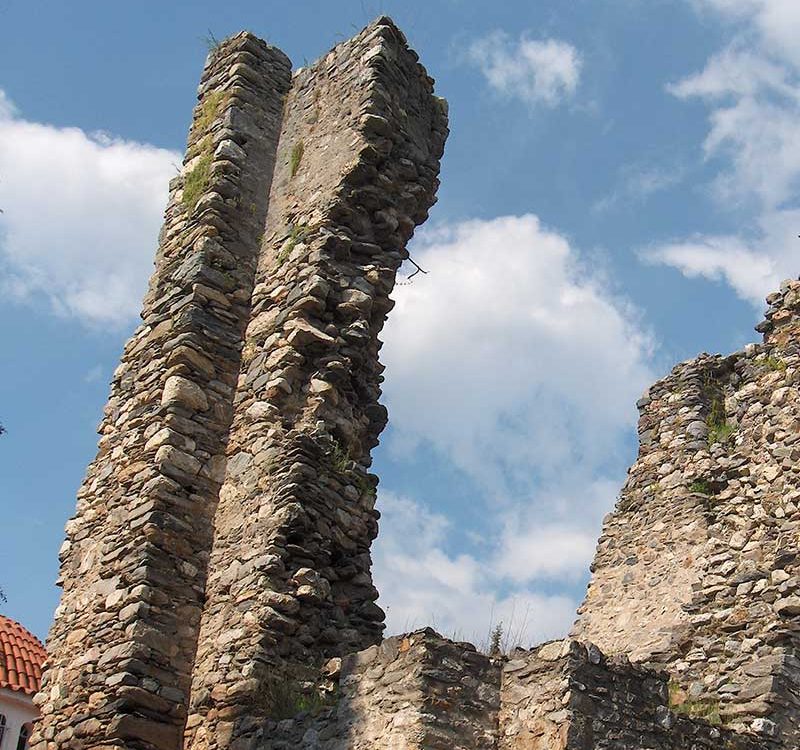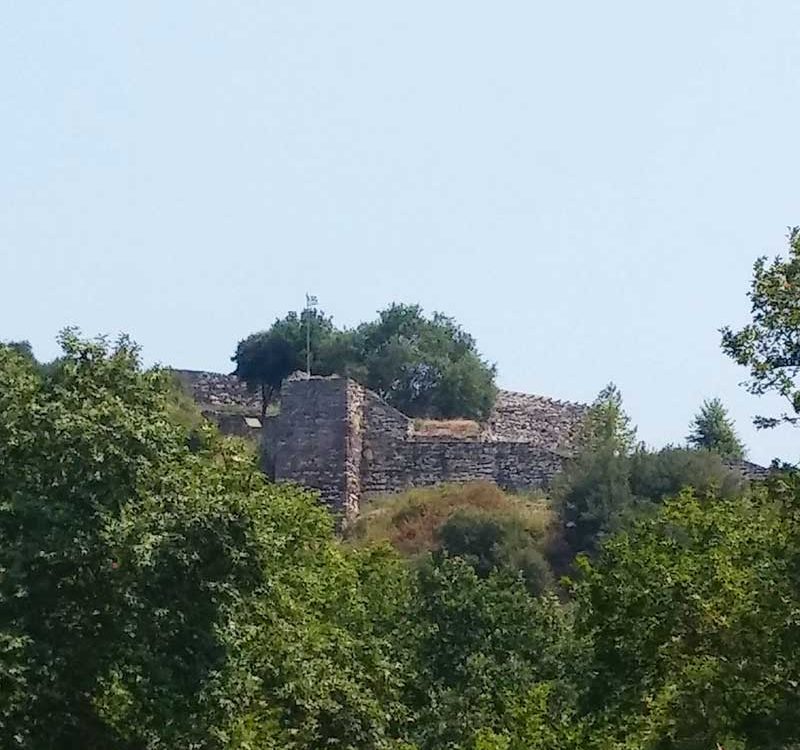Athenian colony of strategic importance, near the fruitful Strymon vale and the Pangaion gold mines. Amphipolis was founded in 438/ 437 BC, though the region had been inhabited in the prehistoric period.
The numerous finds from the excavations are housed in the Archaeological Museum of Amphipolis and in the Archaeological Museum of Kavala.
Archaeological finds from the mouth of the Strymon estuary show the presence of man from as early as the Neolithic period on both banks of the river, and continuous habitation into the Bronze Age period. The nearest Neolithic settlement to Amphipolis was discovered on a hill adjacent to the ancient city known as Hill 133, where rich finds from its cemetery show that a considerable settlement also existed in the Early Iron Age.
With the foundation of the Greek cities at the mouth of the Strymon from the middle of the 7th c. BC, Greek culture started progressively to penetrate into the interior. The graves in the cemetery of the settlement on Hill 133 change their form, and the grave goods are now dominated by cultural elements of the Greek world: figurines, coins, and above all vases imported from the cities of southern Greece (Corinth, Athens) and the Ionian cities of the north Aegean. The presence of the Ionian world is also apparent in the sculptures of the late Archaic and early Classical periods found in the neighbourhood of Hill 133 and on the site of ancient Amphipolis. Local tradition survives in the metal working, especially the bronze and gold ornaments.
After they established themselves at Eion, at the mouth of the Strymon, in 476 BC, the Athenians made their first abortive attempt at colonising in the Amphipolis area with their short-lived settlement at the site of Ennea Hodoi, which was quickly wiped out (464BC). It remains an open question whether Ennea Hodoi is to be identified with the settlement on Hill 133, where the destruction level dates to the mid-5th century BC, or with Amphipolis itself, where in the vicinity of the north wall excavation has uncovered an establishment prior to the 5th century BC wall.
The foundation of Amphipolis finally in 438/ 437 BC, in the time of Pericles, by the general Hagnon was a great success for the Athenians, whose chief purpose was to ensure control of the rich Strymon hinterland and the Pangaion mines. Their success, however, was again short- lived, because at the end of the first decade of the Peloponnesian War (442 BC) Amphipolis broke away from its mother city, Athens, and remained independent until its incorporation into the kingdom of Macedonia by Philip II (357 BC).


